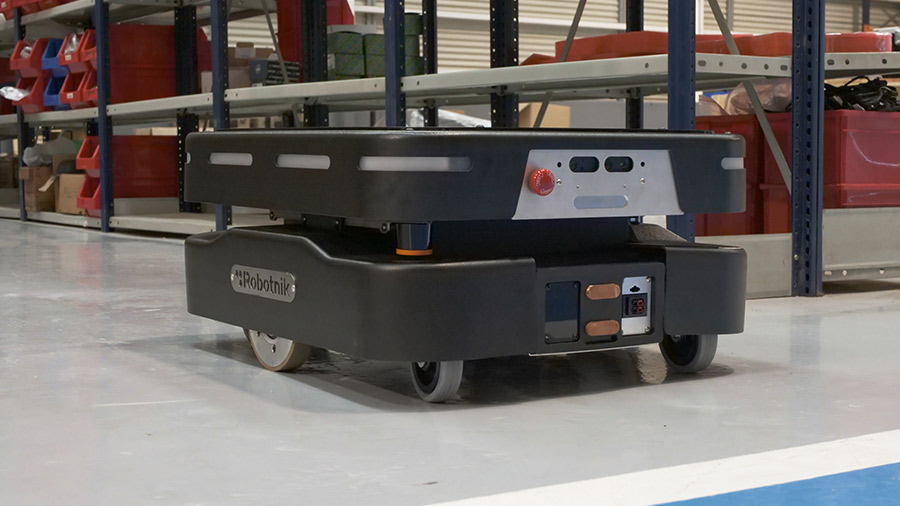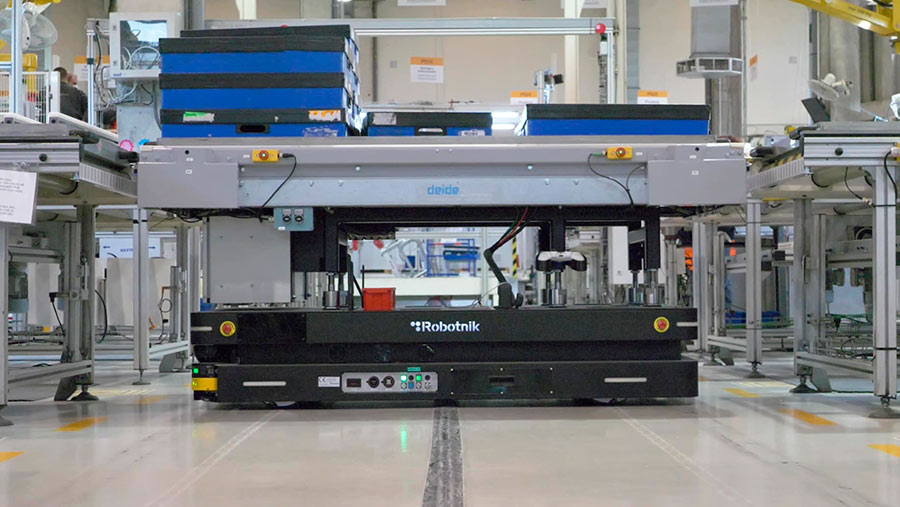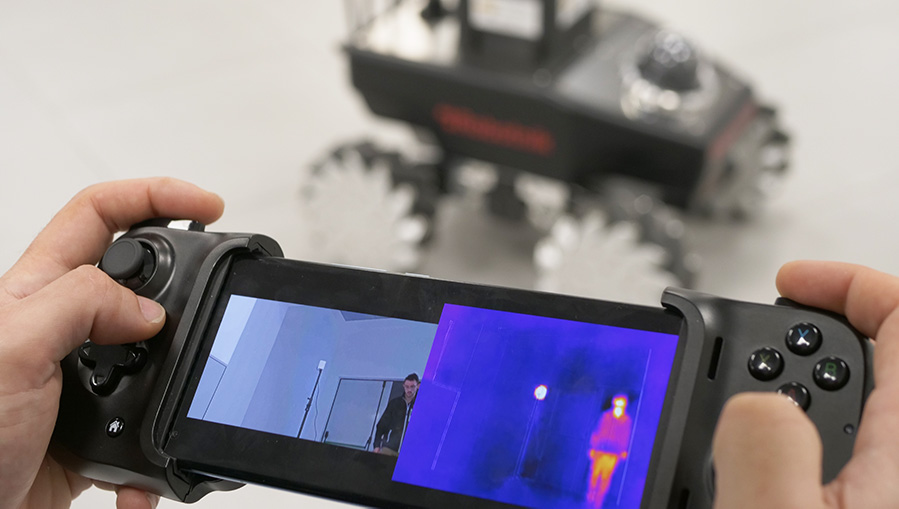Service robotics is currently emerging as a way for companies to improve their competitiveness, production capacity and innovation. Here you can read about examples of service robotics and different uses.
This article discusses the use of service robots, robot as a service (RaaS) and some interesting facts about the service robot market provided by the IFR Service Robots Group (IFR: International Federation of Robotics).
It also includes an article by Roberto Guzmán, CEO at Robotnik, published on 5 July in Harvard Deusto.
Robotnik’s co-founder provides his vision on current service robotics, the main area of work of the company. This is the case of Artificial Intelligence as an enabler of service robotics and its introduction in the market.
What is a service robot?
A service robot is a robot that “performs useful tasks for people or equipment, excluding industrial automation applications” (IFR).
According to the 2021 World Robotics – Service Robots report, generated and published by the IFR stadistica department, the market for professional service robots grew by 12% in 2020, from a sample turnover of $6 billion to $6.7 billion. The IFR itself classifies AMRs as service robots, often used in industrial environments.
Robotnik has been involved in the development, manufacturing and marketing of service robotics, namely autonomous mobile robots and manipulators, for 20 years.
Service robots can operate in different sectors and scenarios, depending on their technical specifications: outdoor agriculture, intralogistics in a warehouse, tunnel inspection or logistics in a hospital. Wikipedia gives an example of one of Robotnik’s first service robots working in a public hospital in Valencia.
Did you know that every third professional service robot sold in 2020 was built to transport goods or cargo?
Mobile robotics solutions are already established for transport and logistics. More than 43,500 units were sold in 2020 (+33%).
RaaS – Robot as a Service-
Service robotics is not the same as Robot as a Service – RaaS.
Robot as a service has gained some popularity in recent years. This is a business model in which an end-user pays for the use of the robot for a period of time, but does not purchase it permanently. In other words, they pay for a service – in this case, a robotic service. Despite the recent boom, RaaS represents less than 3% of the 43,500 units named above.
One advantage of RaaS is that it can serve to lower the barrier to entry for task automation in some companies that are more reluctant. A drawback is that, in reality, for most applications, RaaS business models are not offered.
The following article is about service robotics and some of the latest technologies in the sector:
Article by Roberto Guzmán, CEO in Robotnik. Harvard Deusto.
Service robots: towards more complex architectures
Robotics and AI are two distinct areas of knowledge. A robot can function with or without the use of AI, but AI is an enabler for the introduction of service robots, those that perform useful tasks for humans or equipment, excluding industrial automation applications.
The advent of new standards (5G/6G) implies multiple benefits for service robots and the use of services available in the cloud/edge. Among these services will be AI functionalities that will be shared among a large number of robots. These will enhance the knowledge base (fed by multiple robots) and offload computation to the cloud/edge.
Functionalities such as object recognition and grasping (bin picking), human recognition or language processing will run as AI services in the cloud/edge, standardising the functions of service robots and mobile manipulators.
The AI systems mentioned above are vertical and focused on a single problem: identifying objects, identifying words and phrases, deciding how to grasp an object, generating trajectories… These systems will evolve towards systems with more complete architectures, capable of handling more horizontal problems such as opening doors, assembling kits or cleaning rooms. Progressively, these architectures will have sufficient intelligence to achieve a certain degree of autonomy, solve new problems in different domains and develop complex tasks without prior programming.
Over time, these architectures will become smarter than people. It is possible that at a certain level, AI will be beyond our control, but limits could also be set to ensure appropriate and safe use. In the medium term, it will help service robots to relieve us of repetitive, hard or dangerous work.
Roberto Guzmán Diana
CEO of Robotnik
The service robotics market and adjacent technologies are in a constant ‘work in progress’. The development of digitalisation, cloud technologies, 5G and Artificial Intelligence, specifically in machine learning, are a boost for service robotics and specifically, in autonomous and collaborative mobile robotics.
As Roberto Guzmán says, the short and medium term for service robotics is to perform the most tedious, dangerous or repetitive tasks.




